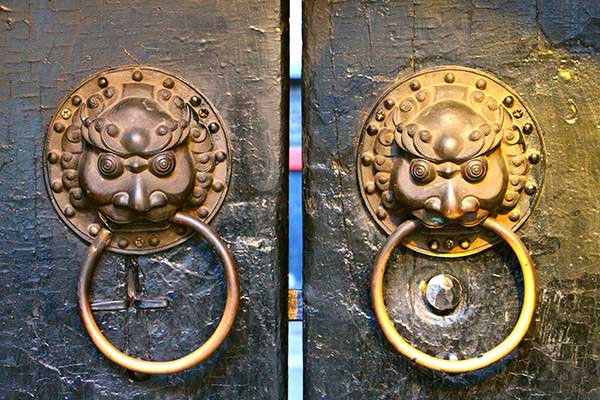Lesser known Shanxi province is home to world-renowned sites
 0 Comment(s)
0 Comment(s) Print
Print E-mail China Daily, August 14, 2015
E-mail China Daily, August 14, 2015
|
[Photo by Thanin Yous/For chinadaily.com.cn] |
Most of the foreign tourists who come to China are familiar with Shaanxi province, where the Terracotta Army, sculptures depicting the armies of Qin Shi Huang, the first Emperor of China, is located. But few of them know about Shanxi, a province bordering its more famous neighbor. Indeed, the similar names, Shaanxi and Shanxi, sometimes lead to confusion among foreign tourists.
Shanxi, however, has as much to offer as the Terracotta Army province.
It is not yet famous for its tourism industry, as coal mining has dominated the province over the years, and still does, but the local authorities are now focusing on attracting more visitors, both from within China and overseas.
Shanxi is home to numerous cultural heritage items and serves as a hub for ancient Chinese culture and picturesque landscapes.
Qiao's Grand Courtyard, located in Qiaojiabao village in Qi County, is an example of the traditional residential buildings of North China. The ancient city of Pingyao City is referred to as the “Chinese Wall Street”, as it was home to many banking institutions from ancient times and also has more than 300 historic relics and buildings as well as 4,000 well-preserved homes from the Ming and Qing Dynasties (1368-1911).
If one is interested in visiting temples and pagodas, Wutai Mountain, Hanging Temple and the Yungang Grottoes are the places to go.
Wutai Mountain has temples of various architectural styles that offer sculptures, stone carvings, murals and calligraphy works. It is home to more than 30,000 sculptures of Buddhas of different religions and cultures, including Confucianism, Taoism and local religions. The Hanging Temple clings to Hengshan Mountain; its structure built into the cliff 75 meters above the ground. Further away, not far from the city of Datong are the Yungang Grottoes, which in 2001 were listed as a UNESCO World Heritage site. It has 51 main grottoes and more than 5,100 Buddha statues, with heights ranging from several centimeters to 17 meters.







